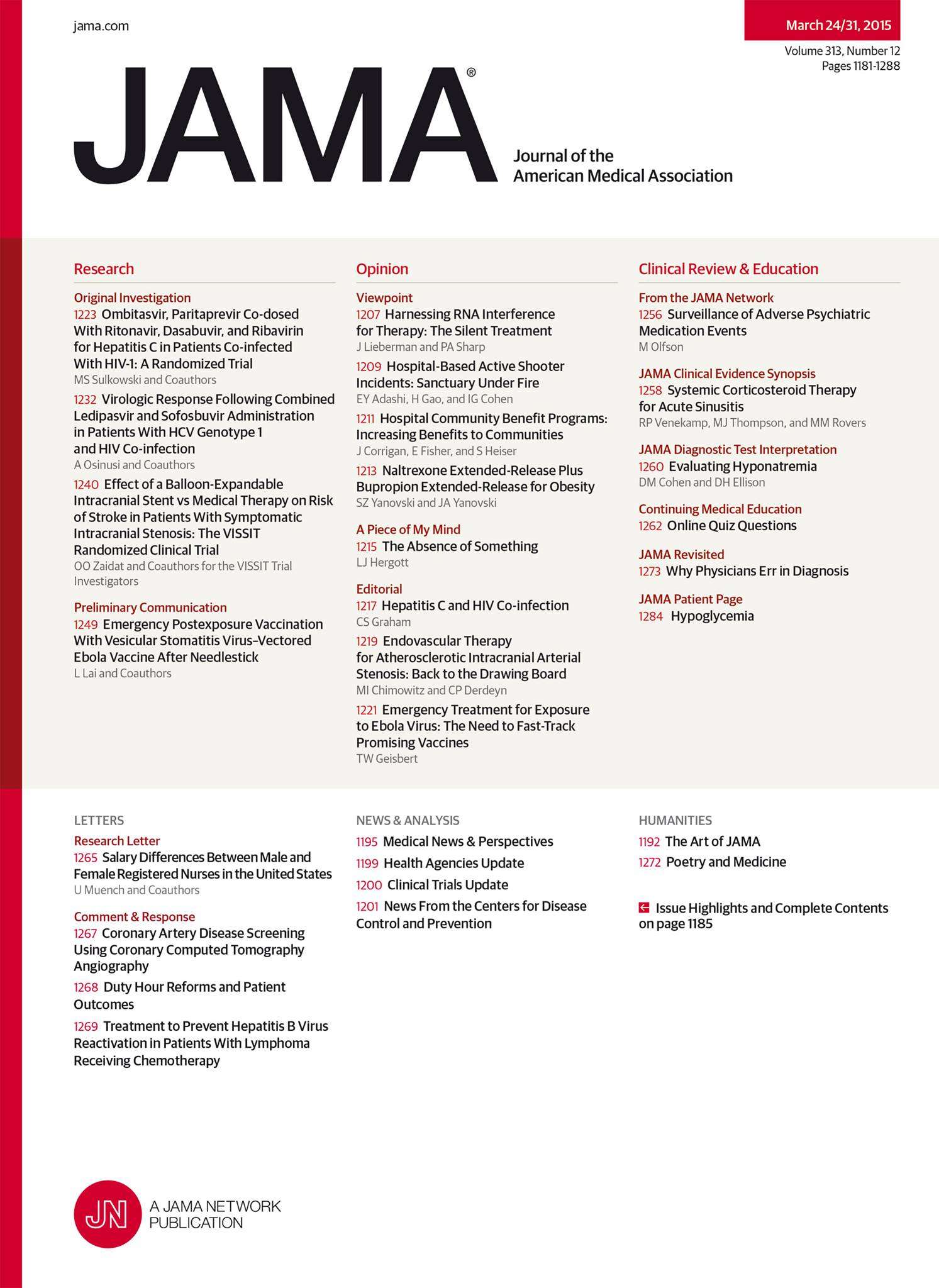
No significant decrease in SSI rate with prophylactic cefazolin in below-knee implant removal

No significant decrease in SSI rate with prophylactic cefazolin in below-knee implant removal
Effect of Antibiotic Prophylaxis on Surgical Site Infections Following Removal of Orthopedic Implants Used for Treatment of Foot, Ankle, and Lower Leg Fractures: A Randomized Clinical Trial
JAMA. 2017 Dec 26;318(24):2438-2445Synopsis
477 patients who had previously undergone internal fixation for a fracture of the foot, ankle, or lower leg were randomized to either prophylactic cefazolin or saline during routine implant removal. The primary outcome was the development of surgical site infection within 4 weeks of implant removal. Overall, no significant difference in the rate of surgical site infection was observed between the cefazolin group and the saline group.
Was the allocation sequence adequately generated?
Was allocation adequately concealed?
Blinding Treatment Providers: Was knowledge of the allocated interventions adequately prevented?
Blinding Outcome Assessors: Was knowledge of the allocated interventions adequately prevented?
Blinding Patients: Was knowledge of the allocated interventions adequately prevented?
Was loss to follow-up (missing outcome data) infrequent?
Are reports of the study free of suggestion of selective outcome reporting?
Were outcomes objective, patient-important and assessed in a manner to limit bias (ie. duplicate assessors, Independent assessors)?
Was the sample size sufficiently large to assure a balance of prognosis and sufficiently large number of outcome events?
Was investigator expertise/experience with both treatment and control techniques likely the same (ie.were criteria for surgeon participation/expertise provided)?
Yes = 1
Uncertain = 0.5
Not Relevant = 0
No = 0
The Reporting Criteria Assessment evaluates the transparency with which authors report the methodological and trial characteristics of the trial within the publication. The assessment is divided into five categories which are presented below.
4/4
Randomization
4/4
Outcome Measurements
4/4
Inclusion / Exclusion
2/4
Therapy Description
4/5
Statistics
Detsky AS, Naylor CD, O'Rourke K, McGeer AJ, L'Abbé KA. J Clin Epidemiol. 1992;45:255-65
The Fragility Index is a tool that aids in the interpretation of significant findings, providing a measure of strength for a result. The Fragility Index represents the number of consecutive events that need to be added to a dichotomous outcome to make the finding no longer significant. A small number represents a weaker finding and a large number represents a stronger finding.
Why was this study needed now?
While not always routine, removal of orthopaedic implants used for fracture healing is often undergone. Antibiotic prophylaxis is often used at the time of fracture fixation, but not at implant removal. It is this reason that some researchers speculate that surgical site infection rates during implant removal are higher than should be expected. Therefore, routine antibiotic prophylaxis may be an effective intervention to reduce surgical site infection rate after implant removal for a lower limb fracture.
What was the principal research question?
In the removal of an implant after internal fixation of a fracture below the knee, does a prophylactic dose of cefazolin 1000mg result in a significantly lower rate of surgical site infection when compared to intravenous saline?
What were the important findings?
- The incidence of SSI did not significantly differ between the cefazolin group (30/228; 13.2%) and the saline group (36/242; 14.9%) (p=0.60).
- The rate of superficial SSI was 29/228 in the cefazolin group and 29/242 in the saline group. The rate of deep SSI was 1/228 in the cefazolin group and 7/242 in the saline group.
What should I remember most?
A preoperative, prophylactic dose of cefazolin did not significantly reduce the rate of surgical site infection compared to control saline in implant removal following fixation of a lower leg fracture.
How will this affect the care of my patients?
The results of this study suggest that routine intravenous antibiotic prophylaxis is not necessary among patients scheduled for removal of an implant for a previous lower leg fracture.
Learn about our AI Driven
High Impact Search Feature
Our AI driven High Impact metric calculates the impact an article will have by considering both the publishing journal and the content of the article itself. Built using the latest advances in natural language processing, OE High Impact predicts an article’s future number of citations better than impact factor alone.
Continue



 LOGIN
LOGIN

Join the Conversation
Please Login or Join to leave comments.